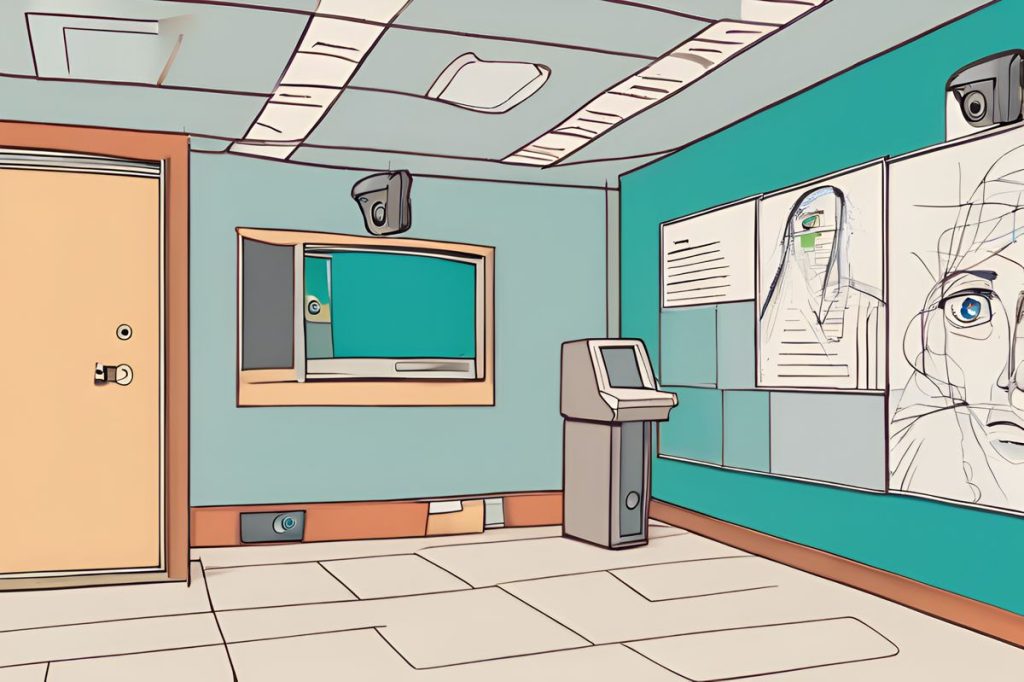Enhancing school security has taken a leap forward with the approval of CCTV deployment at ten schools under strict conditions set by the data protection commissioner. The focus is on monitoring entry and exit points, limiting recordings to school boundaries, and ensuring privacy through restricted access and clear signage.
What are the new conditions for CCTV deployment in schools?
The new conditions for CCTV deployment in schools include:
– Monitoring restricted to main entry and exit points.
– Recording only within school property boundaries.
– Operational only when schools are closed to students and staff.
– Video storage limited to 72 hours.
– Restricted access to footage and clear signage for transparency.
Commissioner’s Approval Marks New Era for School Safety
The initiative to bolster the security of schools has taken a leap forward with the endorsement from the personal data protection commissioner, Irene Loizidou Nicolaidou. This significant step comes as a response to increasing concerns over episodes of violence and misconduct within educational settings. The educational ministry’s proposal has been meticulously reviewed and has passed an impact assessment, leading to conditional approval for the installation of CCTV systems.
The approved conditions stipulate a specific focus on monitoring the main entry and exit points of school premises. Furthermore, the agreement ensures that recordings are confined strictly to the boundaries of the school property. Another critical aspect of the commissioner’s conditions is the operational timing of the cameras, which is restricted to periods when the schools are not open to students or staff.
Pilot Program Sets the Stage
A pilot program is set to launch, with ten schools initially selected for the installation of the new surveillance systems. This exploratory phase will provide valuable insights into the efficiencies of the measure and its effectiveness in deterring potential infractions. The stringent regulations attached to the camera usage include a 72-hour limit on video storage, highly restricted access to footage, and clear signage to inform and maintain transparency with those who might be recorded.
The initiative is not solely reliant on technology; the human element remains crucial. The plan includes the recruitment of overnight security personnel, commencing during the upcoming Easter holiday season, which begins on April 27. The introduction of these guards will enhance existing security measures, particularly during vulnerable times such as holidays or days with anticipated spikes in criminal activity, like when exam results are announced.
Security and Privacy: Finding the Balance
The move towards heightened security measures in schools raises important discussions regarding privacy concerns. The conditions set by the data protection commissioner reflect a concerted effort to balance these two important aspects. Only by ensuring that privacy is not compromised can the program maintain the trust and support of students, parents, and educators alike.
The presence of warning signs and the restricted recording times are just a part of the comprehensive measures designed to protect personal privacy while addressing security needs. The limited footage storage time and restricted access are pivotal in safeguarding against potential misuse of surveillance data.
A Multi-Faceted Approach to Security
The inclusion of security personnel alongside surveillance cameras represents a multi-faceted approach to school security. This dual strategy not only deters and documents potential vandalism or trespassing but also provides a rapid response capability. It’s a proactive step that reflects a broader commitment to creating a secure environment for students to learn and grow.
The integration of these measures signifies a new chapter for school security, one that acknowledges the complex nature of maintaining safety without encroaching on the rights to privacy. It’s a delicate balance to strike, and the pilot program will be a critical test of its feasibility and effectiveness.
What are the new conditions for CCTV deployment in schools?
The new conditions for CCTV deployment in schools include:
– Monitoring restricted to main entry and exit points.
– Recording only within school property boundaries.
– Operational only when schools are closed to students and staff.
– Video storage limited to 72 hours.
– Restricted access to footage and clear signage for transparency.
Who approved the CCTV deployment in schools?
The CCTV deployment in schools was approved by the personal data protection commissioner, Irene Loizidou Nicolaidou.
How many schools are initially selected for the pilot program?
Ten schools have been initially selected for the pilot program to install the new surveillance systems.
What is the multi-faceted approach to school security mentioned in the information?
The multi-faceted approach to school security mentioned in the information includes the deployment of both surveillance cameras and security personnel. This dual strategy aims to deter potential incidents, document any infractions, and provide a rapid response capability to enhance overall school security.

